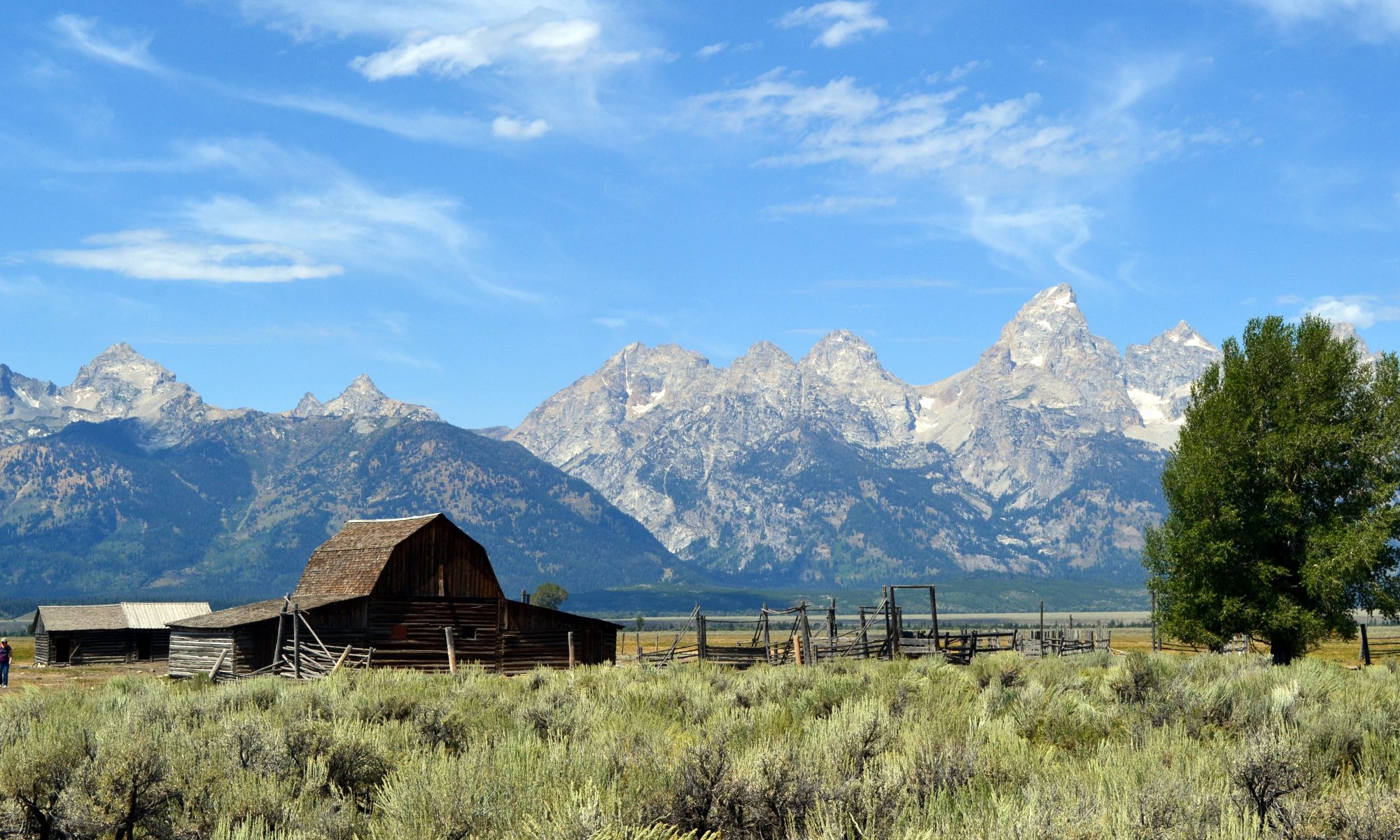Everyone needs an acrostic every now and then to help us remember things or get a better grasp of concepts. So, today I present an acrostic to help us understand better how to lead.
 L – Learn – Each of us must invest in ourselves in order to learn how to become a better leader. Although many folks are naturally gifted with leadership traits and tendencies, many are not so gifted. So it is imperative that we each develop ways to learn from other recognized leaders in our contemporary culture. And we must cultivate a good historical knowledge of leaders from our past. Read about leaders such as Jack Welch and George Patton. Do not necessarily get distracted by some of their personal or family foibles. But rather focus on the public leadership that they displayed.
L – Learn – Each of us must invest in ourselves in order to learn how to become a better leader. Although many folks are naturally gifted with leadership traits and tendencies, many are not so gifted. So it is imperative that we each develop ways to learn from other recognized leaders in our contemporary culture. And we must cultivate a good historical knowledge of leaders from our past. Read about leaders such as Jack Welch and George Patton. Do not necessarily get distracted by some of their personal or family foibles. But rather focus on the public leadership that they displayed.
 E – Earn – Each of us must earn the right to lead. We must lead in the little things first before we can expect to be given great leadership responsibility. You don’t often make it from the mail room to the board room in a week. But, you will earn the right to lead through time and through trial and error. Unfortunately many in the younger generation have never experienced trial and error. They have grown up in a culture where everyone is a winner. And you are given a ribbon for just participating. The ribbon is conferred upon you and not earned by your efforts. Leadership is earned. Continue reading “LEAD – an Acrostic”
E – Earn – Each of us must earn the right to lead. We must lead in the little things first before we can expect to be given great leadership responsibility. You don’t often make it from the mail room to the board room in a week. But, you will earn the right to lead through time and through trial and error. Unfortunately many in the younger generation have never experienced trial and error. They have grown up in a culture where everyone is a winner. And you are given a ribbon for just participating. The ribbon is conferred upon you and not earned by your efforts. Leadership is earned. Continue reading “LEAD – an Acrostic”















